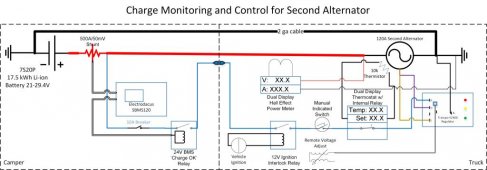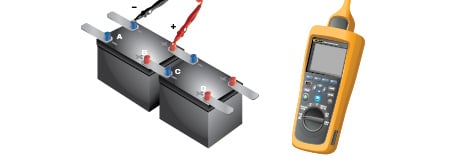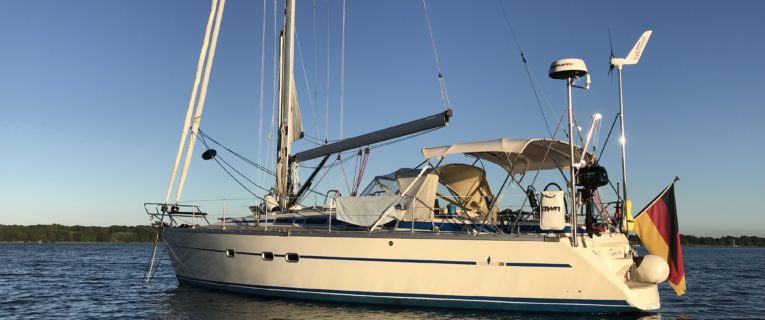Jasgeer
New Member
Here is an example of using a separate alternator for charging a Lithium battery (when the voltage needs to be different). I have seen many others. Many diesel trucks come from the factory with dual alternators and it is generally possible to separate them into two charging systems.

 workingonexploring.com
workingonexploring.com

Adding a 2nd Alternator for Direct Lithium Battery Charging
Lithium Battery & Solar Setup My camper battery is a 24V nominal system of 35 Nissan leaf battery packs. Each pack contains 4 cells of Lithium Manganese Nickel Oxide (LMO) chemistry. They are a…
 workingonexploring.com
workingonexploring.com
Attachments
Last edited:






